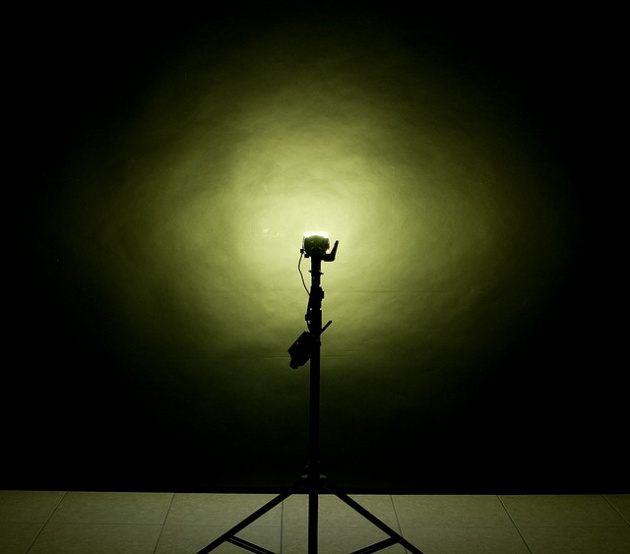You can choose from a variety of ways to shoot photos in wedding receptions, and this can range from simple direct flash to intricate off-camera flash depending on the situation. When you want to create the finest wedding photography in Perth or produce captivating photos for any occasion, the following tips in using flash can come in handy.
1. Bounce Flash
This technique can be quite tricky to do, yet it can help you create flawless shots in various situations. Bounce flash is made when you tilt or adjust the flash head, so it can bounce the light off the wall, ceiling, or other items in the room. However, this requires a certain amount of alertness since you need to reposition the flash head constantly in achieving maximum results.
2. Direct Flash
You can apply the direct flash by pointing the flash at your subject before you start capturing the shots. Although this may be the easiest and cheapest means of lighting a wedding, it tends to produce less-than-perfect results because of high contrast and drop shadows. This is not an advisable technique to use unless you are in a rush.
3. Off-Camera Flash Cables
When you use an off-camera flash with cable, you should hold your camera with your right hand while keeping the flash on your other hand. Off camera flash cables allow you to produce directional and stunning effects that you may not be able to achieve with bounce flash or a typical on-camera. Moreover, you can create studio-quality images by adding grids, diffusers and filers, or by changing the flash head’s angle that is relative to your subject. BY employing these strategies, you can produce a shaped light that accentuates the quality of the photo. However, you need to set the exposure and focal length in advance when you use camera flash with cables because you will be unable to hold your camera with two hands.
4. Off Camera Flash using Radio Frequency Transmitters
The use of strobes on stands, as well as speedlights, has become a common means of lighting receptions. You can also use these tools when you shoot photos in wedding ceremonies and other events. The best way to utilize this flash technique is by setting the speedlights or strobes at a certain corner of the room, and by taking meter readings in the room before shooting at the right apertures for a particular location. While this flash technique can produce optimal effects, the use of stands with light on top of these can pose a liability into the occasion. Your guests might end up tripping on the stands and knocking over the equipment, particularly when there are several children or elderly in the room.
5. Diffused Flash
You can use this technique with various devices in throwing light off in certain directions. By doing so, you can create the perfect combination of bounce flash and direct flash. In most cases, this type of flash photography works excellently, as it can produce consistent and safe light. The only limitation of using devices in diffused flash is that it tends to increase the flash output, which can wear out the battery quickly and slow down recycle times.
These are only a few flash basics that you should consider when shooting a wedding and other events. By applying these techniques, you can deliver optimal results and be confident as you capture great quality images.
